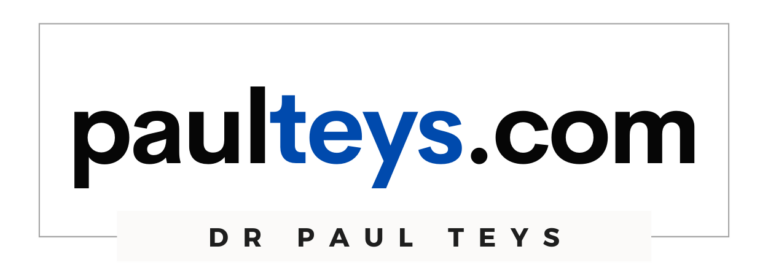
As a principal, or executive leader, you must have robust accountability frameworks to ensure that staff comply with your direction and that they perform to your standard, in your role as principal, acting for and on behalf of the board and the fee-paying parents.
This is where courage comes into the game – do you have the courage to challenge teachers if they are not doing all they can for the learning, growth and wellbeing of students? Do you have the courage to speak candidly to a nonteaching member of staff if their conduct toward a colleague is inconsistent with the school’s values?
The case-study principals that I interviewed during my thesis all held high expectations of their staff, and they had robust accountability frameworks to ensure that staff complied and performed.
Each of the case-study principals described how they had the courage to challenge teachers if they were not doing all they could for the learning, growth and wellbeing of students. They knew it was their job to see that staff are aligned with the direction that the school was headed. They were prepared to act where and when they needed to.
This didn’t always go well of course. I have countless stories of where I had to act with a staff member who was not meeting the standard and who was not prepared to support the values and beliefs of the school. The most hazardous part of the job is when there is conflict between two members of staff; this is often brushed aside as a personality conflict but can become a serious issue for all concerned.
Managing challenging HR matters is the responsibility of the principal. In some schools, where a HR manager is in place, the principal would work closely with them to manage these situations.
Holding staff accountable has four factors associated with it:
- your responsibility to act when staff are not supporting the school or their colleagues,
- aligning staff to the vision, values and beliefs of the school,
- holding uncompromising high expectations of staff, and
- judicious delegating
What I have learned after more than 20 years as a school principal is that conflict between two staff members can cause you and your school so much grief. Make sure it is a responsibility you keep inside your portfolio.
You must be prepared to act if staff do not toe the line. High expectations of staff should be a given, but that is not sufficient in itself.
In each of my roles I had significant work to do to lead, develop and align staff across all areas of the school’s operations. I knew if they didn’t comply, they would expose our school to significant reputational, legal and compliance risk and put my own tenure at risk.
I had to learn how to lead and develop my staff and hold them accountable for their commitment to the school’s strategic direction and goals and aspirations. This is not something that comes naturally. You have to learn how to manage this part of the role, take on appropriate training, seek the counsel of wise colleagues, collaborate with your executive team, and use a coach.
Without exception, in each of my four principal positions, I required staff to perform at high levels and to support the direction, plans and aspirations that the board, and I had on behalf of the board, for the school. I had a non-negotiable and clear expectation held that staff would be committed and they would perform. This can cause you grief as a principal and an executive leader, be prepared to tough it out, it was right and just that we do, for the children we educate.
For me, this required providing robust and authoritative leadership within a collegial approach to working with executive and middle leaders.
In the case of my executive leaders, who reported directly to me, there is a tension that exists between autonomy and supervision. I was prepared to delegate decision making and authority to executive team members who had responsibilities for different aspects of the organisation, yet I knew I had to stay close to the decision-making processes of my executive leaders, providing wisdom, counsel and direction if needed.
FROM IDEATION TO SUCCESS
Develop a CEO Mindset
Manage Teams and Stakeholders


